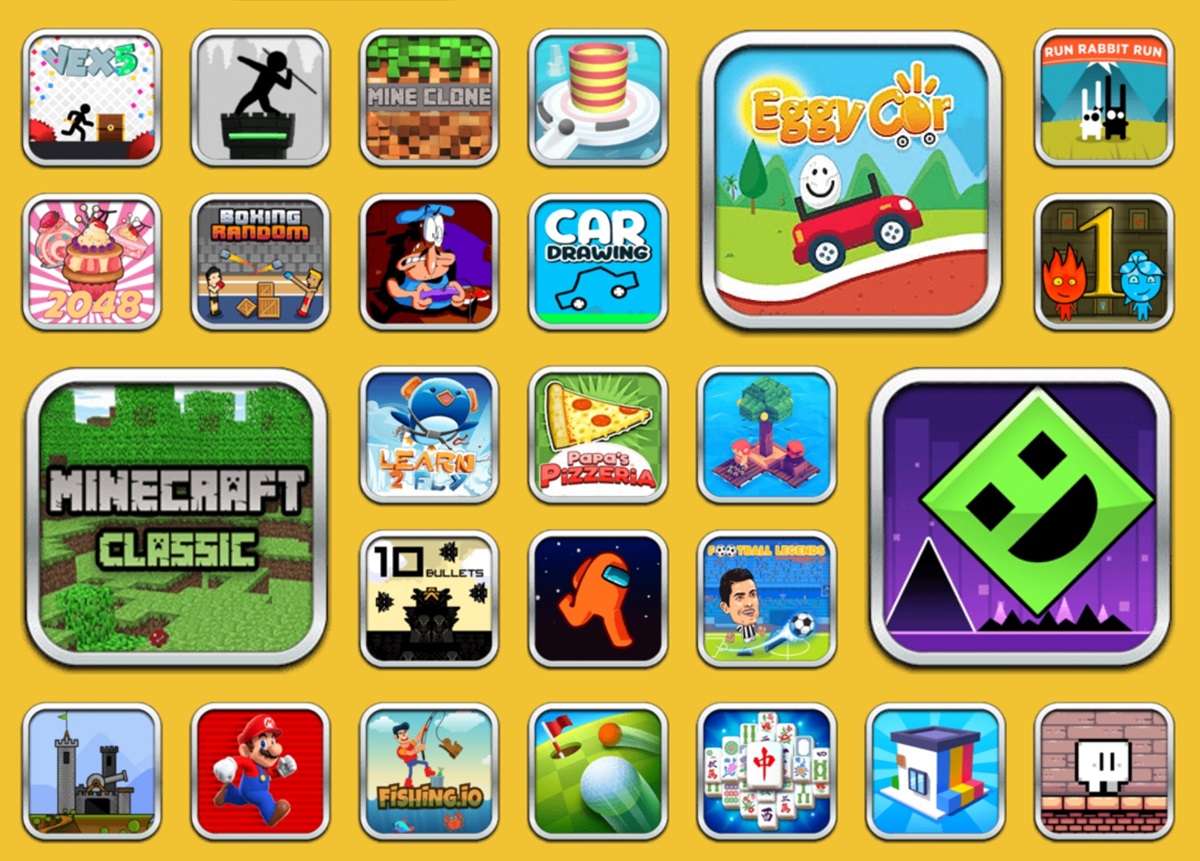
Is Corn a Vegetable, a Fruit or a Grain?
- Santiago Cooper
- April 13, 2023
- Health
- 0 Comments
Corn is a staple food for many people around the world. It’s a great addition to salads, soups, casseroles, and more. However, the question of whether Is Corn a Vegetable or a fruit isn’t always clear. That’s because different parts of this plant are also considered fruits and grains.
Definitions
Corn is one of the world’s most important crops, and its versatility, yield, and flavor make it an essential part of our diets. It’s used in many ways, from making ethanol to being a common ingredient in processed foods.
When we think of corn, the first thing that comes to mind is probably a juicy ear of corn on the cob. This ear contains hundreds of individual “kernels” that have a fruit wall (pericarp) connected to the seed coat inside each.
That’s why corn is botanically considered a fruit, but it can also be considered a vegetable in some other senses as well. When we eat corn, it’s usually in its fresh form, but some forms of the grain, like popcorn and cornmeal, are also considered vegetables in the dietary guidelines.
The kernels of corn are considered whole grains, and that makes them a healthy part of our diets. However, when corn is transformed into a food product, such as cornstarch or high-fructose corn syrup, it’s no longer a vegetable or a grain.
Origins
The origins of corn (Zea mays) are complex and intertwined. Scientists, archeologists and historians are trying to make sense of this important crop’s emergence into the world.
The first domesticated plant of the Americas, corn was developed by Indigenous cultivators who selected and cultivated corn’s wild ancestor, a grass called teosinte. Teosinte looked different than modern corn and its kernels were smaller and farther apart.
But, after periods of selective breeding by Native Americans, pilgrims and scientists, the teosinte plant evolved into the corn we know today. It’s a food that feeds billions of people every day.
But how did this plant become the most productive grain crop in the world? Researchers are tracing the wild ancestry of corn back to its original teosinte home in central Mexico.
What is a vegetable?
A vegetable is any edible part of a plant, including leaves (lettuce), stems (celery), roots (carrot), bulbs (onion), flowers (broccoli), and fruits such as tomatoes.
A fruit is the mature ovary of a flowering plant, often developed from a seed. Fruits are typically sweet and further the plant’s reproductive cycle.
However, it’s sometimes confusing to distinguish between vegetables and fruits. This is because some plants, such as corn, have parts that are both a vegetable and a fruit, including kernels on an ear of corn and the whole corn kernel itself.
That means that corn is a type of fruit called a caryopsis.
What is a grain?
When most people think about grains, they often think of bread or pasta. But there are many more types of grains, and they can be used to make healthy and nutritious foods.
The most common types of grains are wheat, barley, oats, corn and rice. Each has its own specific nutrient content and health benefits.
Typically, they’re high in fiber, protein and carbohydrates. But they also have other nutrients, such as potassium and vitamins B and E.
That’s why a grain can be good for you, as long as it’s whole grain. That means it contains the bran, germ and endosperm of the seed.
It also has vitamins B and E, which help your body function properly. Luckily, many food manufacturers nixtamalize corn to unlock its valuable nutrients.
What is a fruit?
A fruit is a seed-bearing structure in flowering plants that forms from the ovary of angiosperms (plants with ovaries) after flowering. Botanically speaking, fruits are exclusive to angiosperms and enclose seeds to further the reproductive cycle of the plant.
A simple fruit is a single drupelet developed from the ovary of a single flower, as in bananas, grapes and tomatoes. Aggregate fruits develop from carpels derived from multiple flowers, as in raspberries and strawberries.
Accessory fruits incorporate tissues derived from adjacent floral parts outside of the ovary, such as the receptacle or sepals. This includes cypselas, fibrous drupes, and follicles, but not true nuts, legumes, or cereal grains.
In addition, some cultivated fruits mature without fertilization (parthenocarpy), such as seedless citrus fruits and bananas. When these fruits are eaten, the ripened fruit combines with the seed to form a grain. These grains are usually cooked into a snack like popcorn, which is a fruit in its own right!
Uses of Corn
Corn is a staple of many cultures around the world. It is used for feed, fuel, and food, with a plethora of other uses that make it an essential part of our daily lives.
Field corn is grown primarily for livestock (not the sweeter varieties commonly eaten in the United States). Its high starch content improves milk production from dairy cows, and the crop improves the yield of meat, poultry and fish.
The kernels of corn are ground to make flour, which is then made into tortillas or tamales, and other foods.
The ethanol distillation process produces a co-product called dried distillers grain, which is often used as low-cost, protein-rich animal feed. However, producing ethanol from corn also consumes fossil fuels in farming equipment, fertilizer manufacturing and transportation, putting more demand on our limited natural resources than other biofuels.
Read This Article:The science of appearance men’s fashion grooming and lifestyle




